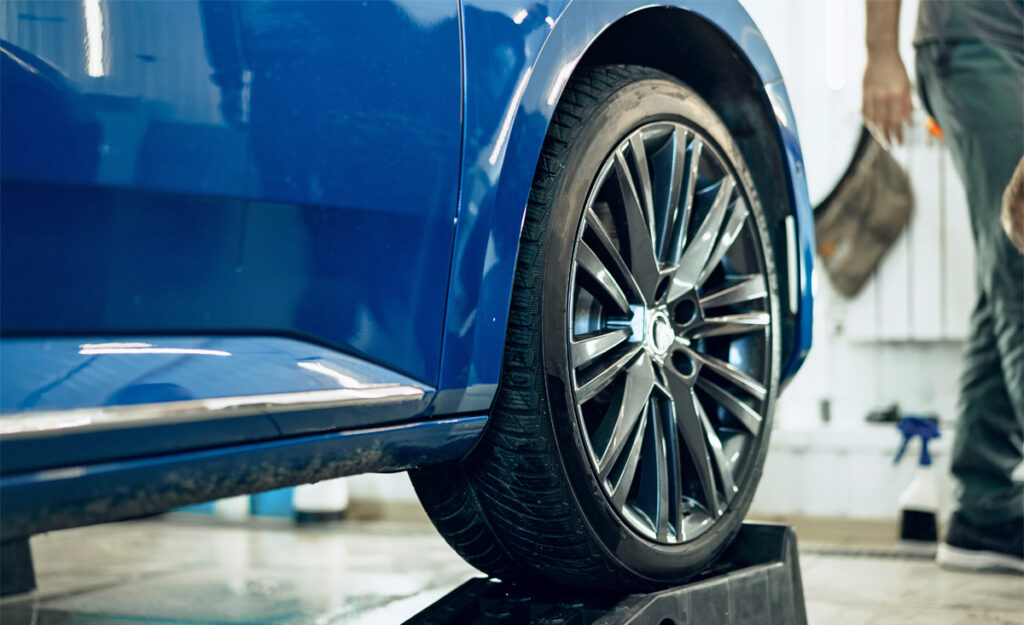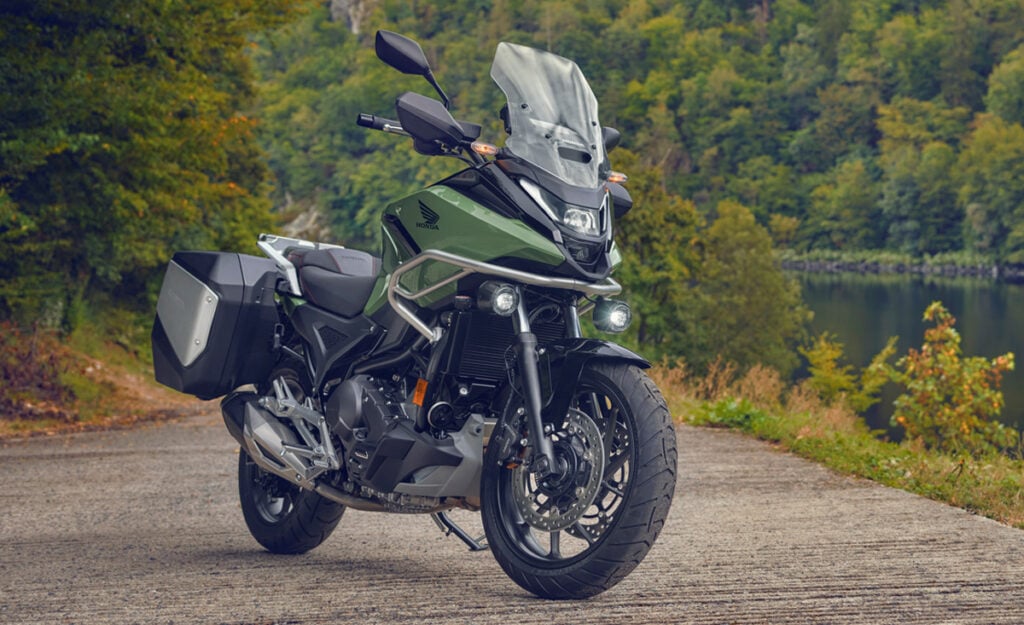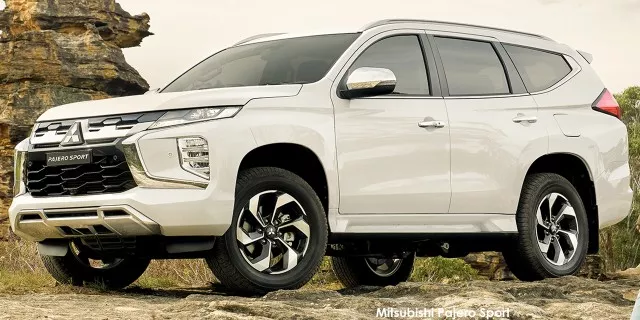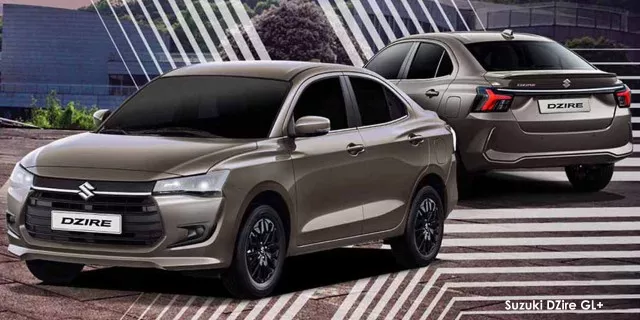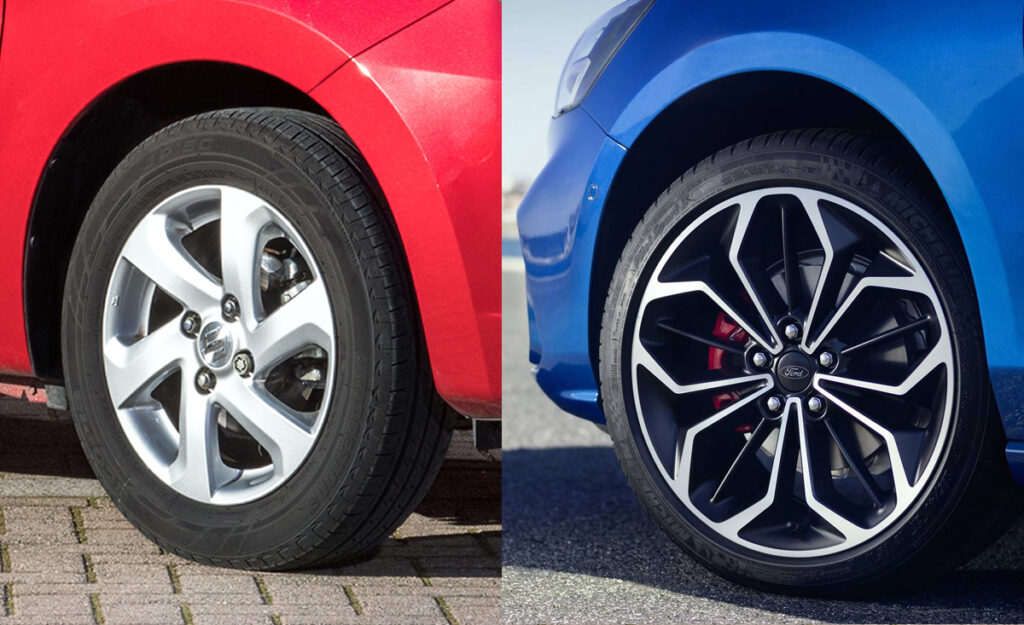
Alloy wheels are generally lighter, provide better performance, and a more aesthetically-pleasing touch to a car than their steel counterparts.
However, they are more expensive, and steel rims can provide benefits of their own.
We looked at the main arguments in favour of alloy wheels and steel wheels, below.
Alloys
Alloy wheels are forged or cast from a mixture of different materials, with the most commonly-used metals being aluminium and magnesium.
The main advantage of these materials is that alloy wheels are much lighter than steel ones, taking up as little as one-third of the weight of their steel counterparts.
Lighter wheels come with a host of benefits, the first of which is improved vehicle performance.
Alloy wheels provide better braking, handling, and acceleration – thanks to a decreased load on each wheel and on the car’s suspension.
The metals used in alloy rims are also better at transferring heat, which further improves braking and has the additional benefit of improving the brakes’ lifespan.
Furthermore, the weight saved from using alloy rims will help to lower a vehicle’s average fuel consumption.
Another reason why alloys are favoured by many motorists is aesthetics.
This is because alloys can be cast or forged into much more elaborate and intricate designs than is possible with steel, allowing for more visually impressive offerings.
It also means alloys can be made in larger sizes, while steel rims are generally capped at 16 inches.
A final benefit of alloys is that, because they contain non-ferrous metals, they do not rust like steel rims. However, they are still susceptible to corrosion.
Steel
The main argument in favour of steel wheels is their cheaper cost.
Steel rims are the industry standard and are commonplace to see on entry-level vehicles, with alloys often being advertised as a feature the further up the price bracket you go.
Steel wheels do have a few inherent benefits of their own, though.
One of these benefits is toughness, as steel rims are very difficult to crack.
Alloy wheels, in comparison, are relatively fragile due to the metals used and are expensive to replace, which is something worth bearing in mind on South Africa’s pothole-ridden streets.
The added weight of steel rims can also be beneficial in certain circumstances.
In wet and slippery conditions, such as when it is raining or snowing, the increased weight on each wheel aids with traction, helping to keep the car on the road.
